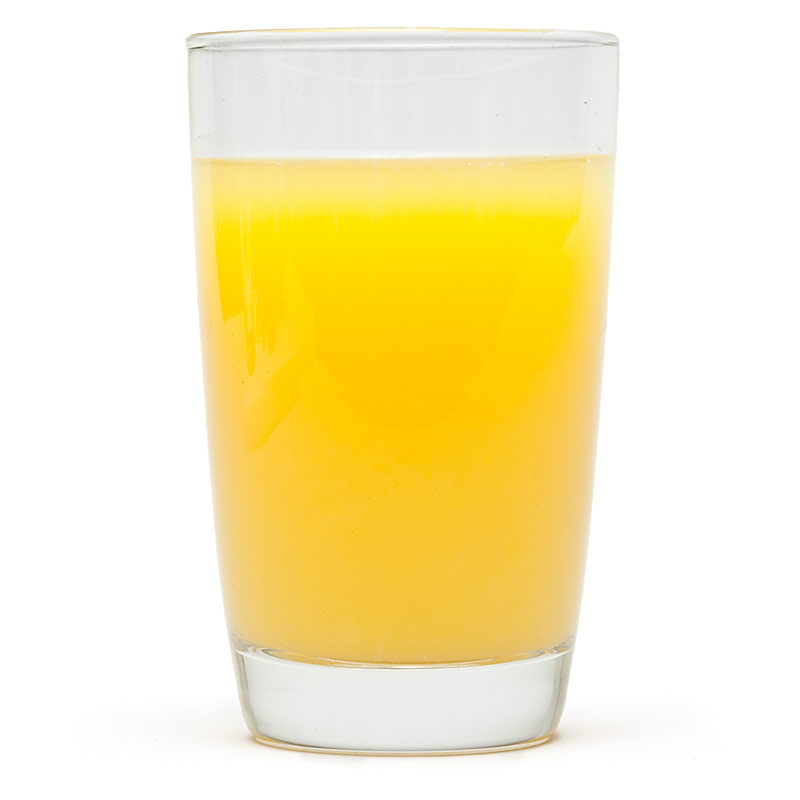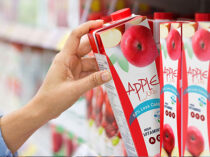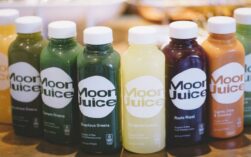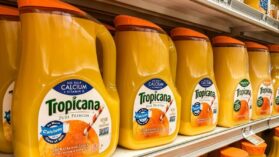Orange juice is a popular drink enjoyed by many people around the world. It is made from oranges, which are a type of citrus fruit. The colour of orange juice can vary depending on the type of orange used, but is typically a light to dark orange colour.
Some orange juices may also have a pink or red hue.
Orange juice is a delicious and healthy drink that is enjoyed by people all over the world. But what is the true colour of orange juice?
Most people believe that orange juice is orange, but this is actually not the case.
The true colour of orange juice is actually yellow. This is because the main ingredient in orange juice is the yellow pulp of the orange, not the orange peel.
So, next time you pour yourself a glass of orange juice, take a closer look at the colour and you may be surprised to see that it is actually yellow!
Is orange juice orange or yellow
Most people would say that orange juice is, well, orange. But is it really? If you take a closer look, you might notice that orange juice is actually yellow.
So what gives?
It turns out that the color of orange juice is affected by a number of factors, including the type of orange used, the ripeness of the fruit, and even the time of year. For example, blood oranges will produce a orange juice that is more red in color, while navel oranges will produce a juice that is more yellow.
So why do we perceive orange juice as being orange? It’s likely because that’s the color of the most popular type of orange used for juicing, the Valencia orange. This variety of orange is typically quite ripe when picked, which gives the juice its characteristic orange hue.
So next time you pour yourself a glass of orange juice, take a closer look and you just might see that it’s not as orange as you thought!
Related: What Is Moon Juice
Orange juice color code
When it comes to orange juice, there is a color code that is used to indicate the level of pulp content. This color code is as follows:
-No pulp: This orange juice is completely pulpless and has a clear appearance.
-Light pulp: This orange juice contains a small amount of pulp and has a light, cloudy appearance.
-Medium pulp: This orange juice contains a moderate amount of pulp and has a medium, cloudy appearance.
-Heavy pulp: This orange juice contains a large amount of pulp and has a heavy, cloudy appearance.
So, next time you’re at the store, be sure to look for the color code on the orange juice containers so that you can choose the one that best suits your taste!
Why does orange juice separate
If you’ve ever made a pitcher of orange juice at home, you may have noticed that it tends to separate into two layers over time – a orange-colored layer on top, and a clear layer on bottom. Why does this happen?
It all has to do with the different densities of the two liquids.
The orange juice is more dense than the water it contains, so it sinks to the bottom. The clear layer on top is mostly water, which is less dense than the orange juice and so floats to the top.
As the two liquids separate, they form what is called a density gradient.
The denser liquid (orange juice) will sink to the bottom, while the less dense liquid (water) will float to the top. Over time, this gradient will become more pronounced as the two liquids continue to separate.
So next time you make a pitcher of orange juice, don’t be alarmed if it starts to separate into two layers.
It’s just a natural phenomenon caused by the different densities of the two liquids.
Orange juice looks milky
Why does orange juice look milky? It’s a common question with a simple answer. When orange juice is exposed to oxygen, it turns white.
This is because the oxygen in the air reacts with the pigments in the juice, causing a chemical reaction. The milky appearance is simply the result of this reaction.
So why does this happen?
Orange juice is made up of two main types of pigments: carotenoids and anthocyanins. Carotenoids are responsible for the orange color of the juice, while anthocyanins give it its red hue. When these pigments are exposed to oxygen, they change color.
Carotenoids turn white, while anthocyanins turn blue. This is why orange juice looks milky when it’s exposed to air.
The good news is that this change in color doesn’t affect the taste of the juice.
So if your orange juice looks a little milky, don’t worry – it’s still just as delicious as always.
What color is orange
Orange is a color that is associated with warmth and happiness. It is often used to describe things that are energetic or exciting. Orange is also the color of the sunset and the fall leaves.
Related: How Long Does 10Ml Vape Juice Last
Taste of orange juice
Most people are familiar with the taste of orange juice, but did you know that there are actually over 600 different types of oranges? That’s a lot of different flavors to choose from!
When it comes to orange juice, there are two main types: sweet and bitter.
Sweet orange juice is the most popular type and is made from the Valencia orange. Bitter orange juice, on the other hand, is made from the Seville orange and is less popular.
If you’re looking for a specific type of orange juice, you can usually find it at your local grocery store.
Otherwise, you can always make your own orange juice at home. All you need is a juicer and some fresh oranges.
Whether you like it sweet or bitter, orange juice is a refreshing and delicious drink that’s perfect for any occasion.
Smell of orange juice
When you wake up in the morning and head to the kitchen for a glass of orange juice, have you ever stopped to think about why it smells the way it does? If not, don’t worry – we’re here to tell you all about the science behind the scent of orange juice!
As it turns out, the main reason orange juice smells the way it does is because of a compound called limonene.
Limonene is a volatile compound that is found in the peel of oranges, and it’s what gives the fruit its characteristic citrusy smell. When orange juice is made, the limonene is released from the peel and into the juice, giving it that signature scent.
Interestingly, limonene is not just responsible for the smell of orange juice – it’s also responsible for the flavor.
That’s right – the flavor and scent of orange juice are both due to limonene! So next time you take a sip of orange juice, take a moment to appreciate the complex chemistry that makes it taste so good.
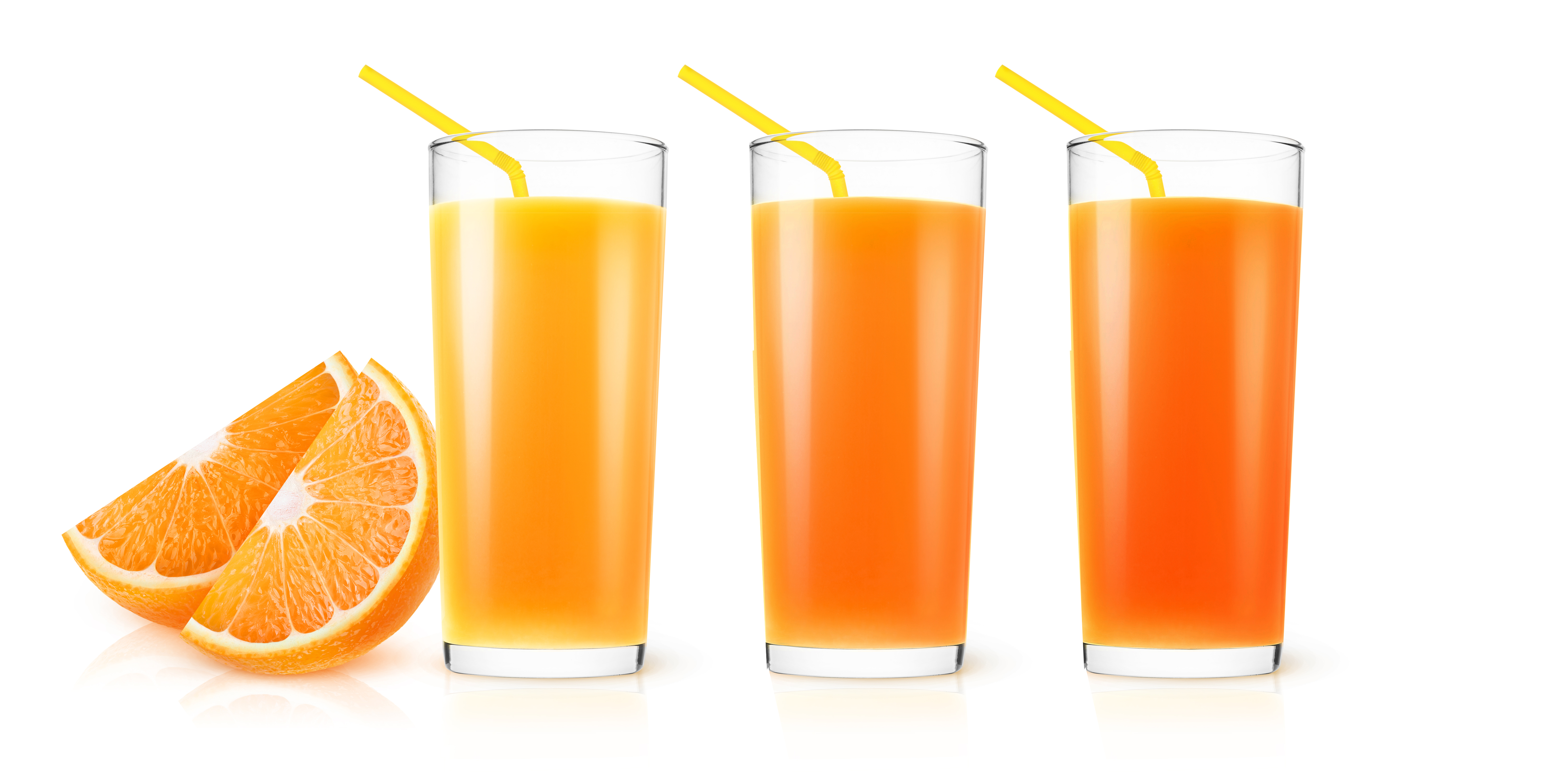
Credit: www.xrite.com
Is orange juice colored?
Yes, orange juice is colored. The color is caused by the carotenoids in the oranges. Carotenoids are pigments that are found in plants.
They are what give fruits and vegetables their color. Orange juice gets its color from beta-carotene. Beta-carotene is a type of carotenoid.
It is an orange pigment that is found in carrots and other orange fruits and vegetables.
Why is orange juice that color?
There are many different types of oranges, but the most common type of orange is the Florida orange. The Florida orange is a hybrid of the Mandarin orange and the sweet orange. The color of orange juice is caused by the presence of carotenoids.
Carotenoids are pigments that are found in fruits and vegetables. The most common carotenoid in oranges is beta-carotene. Beta-carotene is converted to vitamin A in the body.
Vitamin A is important for vision, immune function, and cell growth.
Is orange juice naturally orange?
Most orange juice is made from concentrate, which means the water is removed and the orange pulp is frozen. Once it’s thawed, the orange juice is typically pasteurized, which kills any bacteria that might be present. Some companies add calcium to their orange juice, which is why you might see “calcium-enriched” on the label.
As for the color, orange juice is naturally orange. But sometimes companies add color to it to make it more vibrant.
Why is orange juice green?
Have you ever wondered why orange juice is green? It’s a common misconception that orange juice is made from oranges, when in fact, it’s made from green oranges.
Green oranges are unripe oranges that are picked before they turn orange.
They’re more acidic than ripe oranges and have a bitterness to them. This is why most orange juice is made from a blend of green and ripe oranges – to balance out the flavour.
So next time you see green orange juice, don’t be alarmed, it’s just the natural colour of unripe oranges!
Related: Does Apple Juice Increase Size
What colour is orange juice???
Conclusion
Assuming you would like a summary of the blog post “What Color is Orange Juice?”:
In the morning, when you first wake up and your stomach is empty, you might crave orange juice. You might not think much about the color of the orange juice you’re about to drink.
You might just think about how refreshing it will be. But have you ever wondered why orange juice is the color that it is?
According to the author of the blog post, the color of orange juice is due to a carotenoid pigment called beta-carotene.
Beta-carotene is found in many fruits and vegetables, and it’s what gives them their color. When you drink orange juice, the beta-carotene pigment is absorbed into your body and gives your skin a healthy glow.
So, the next time you drink a glass of orange juice, take a moment to appreciate the color.
It’s not just there for looks – it’s actually good for you!

